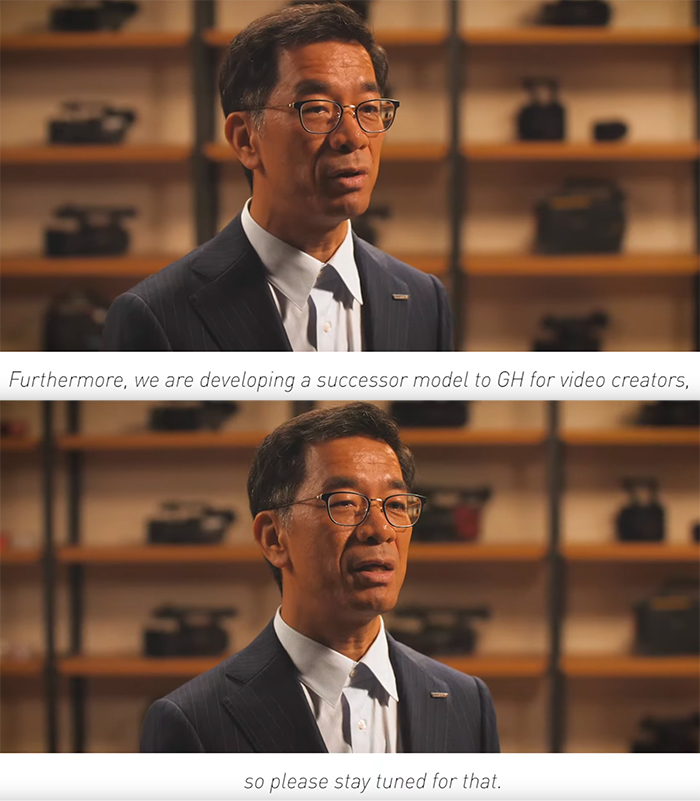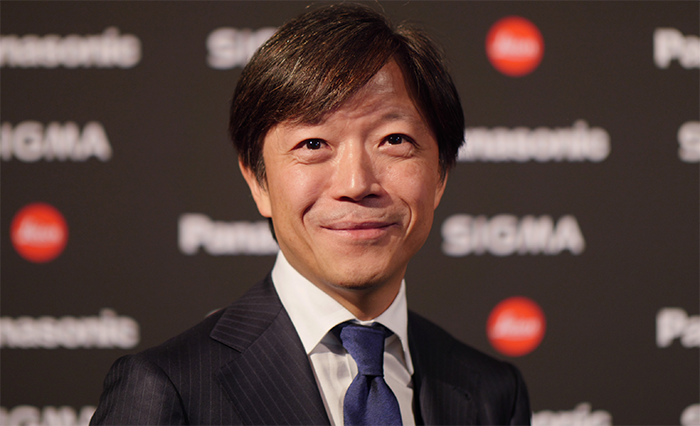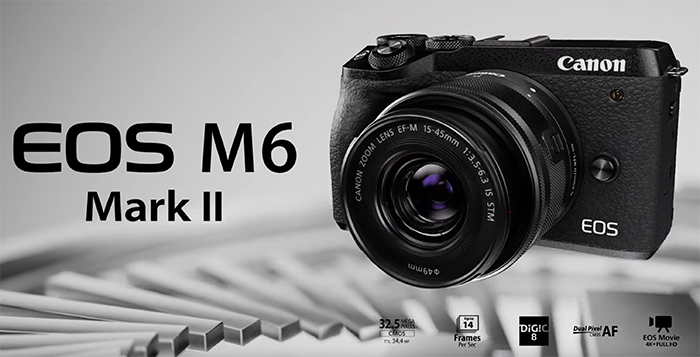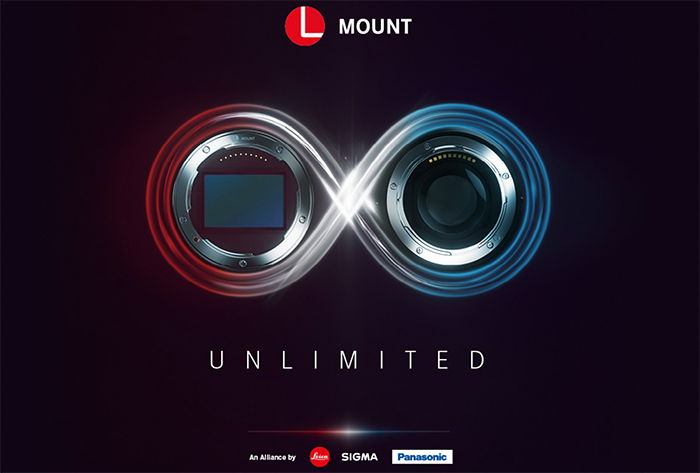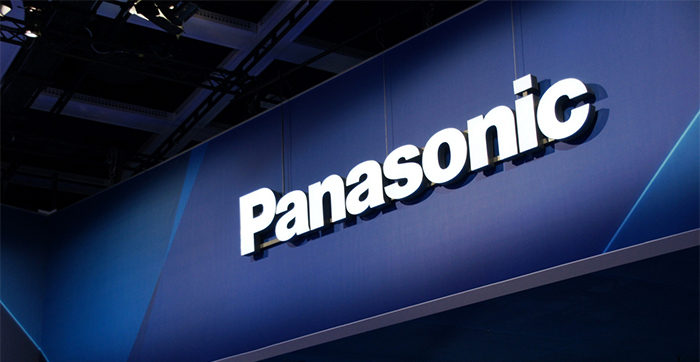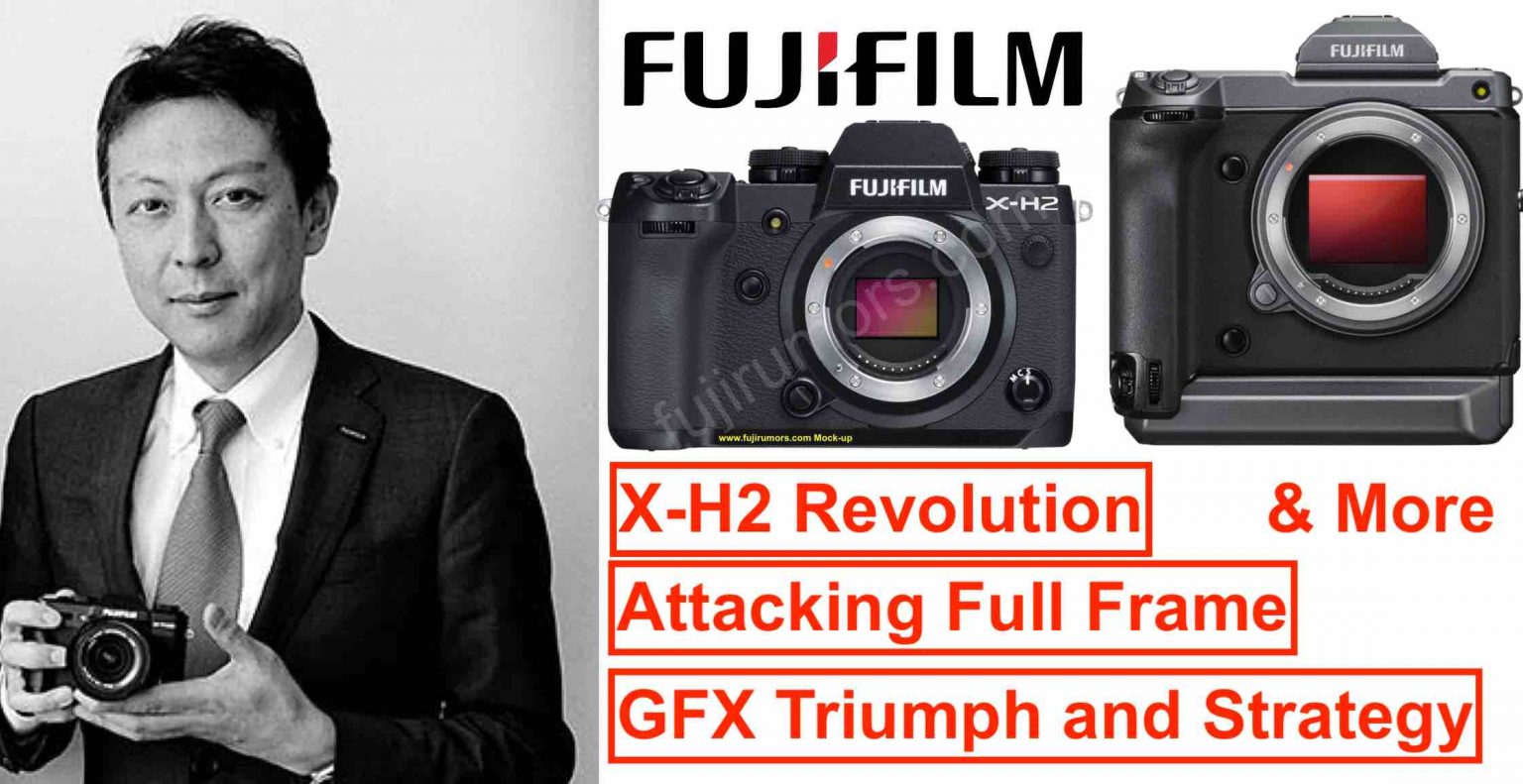Good news for the Micro Four Thirds fans: Panasonic confirms the GH6 is on the way!
The MFT community really needed some good news! Panasonic director Yamane confirmed they are developing the new GH6 camera and stated “stay tuned for that”. Now let’s hope it will have that new 41MP 8K sensor from Sony…
